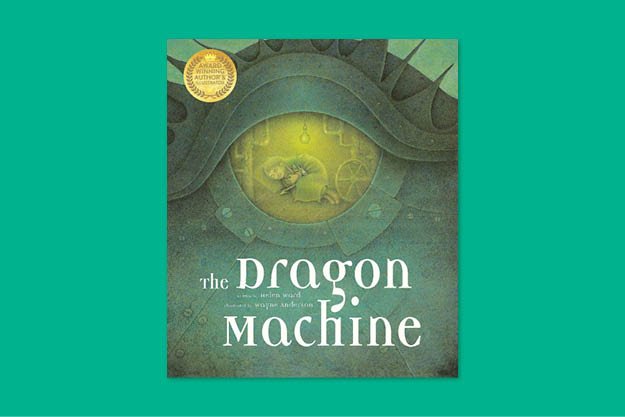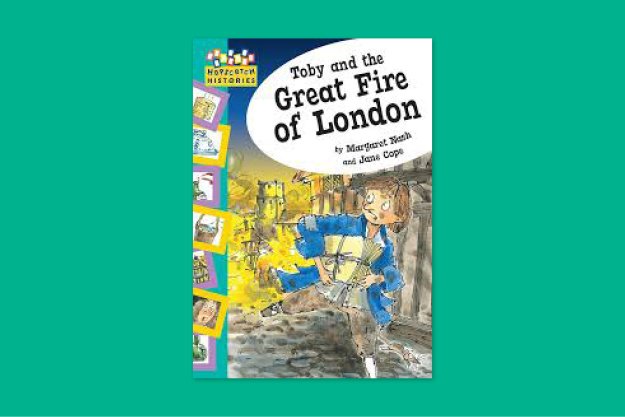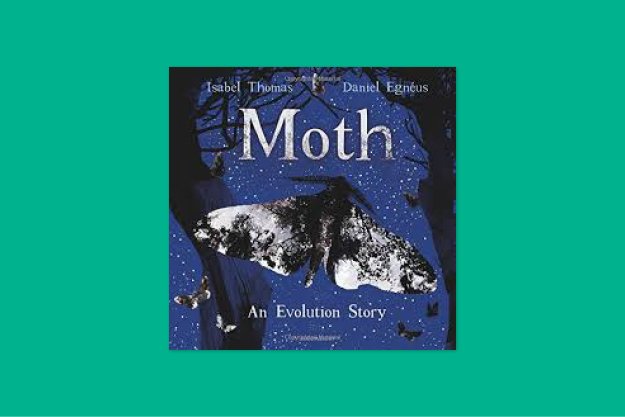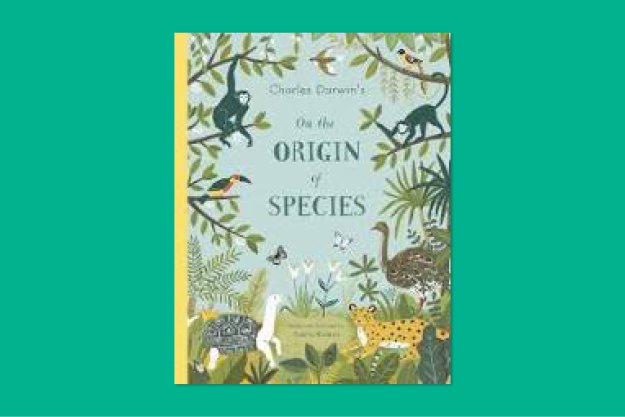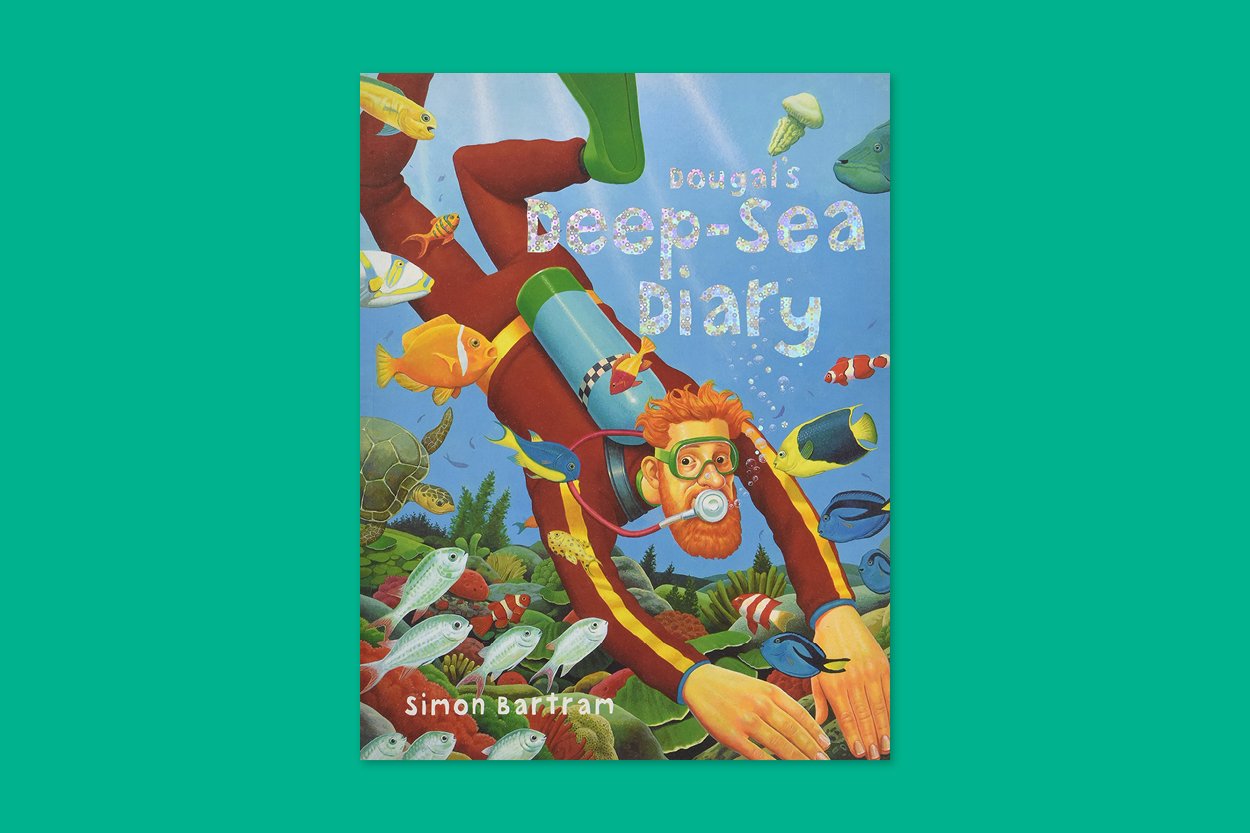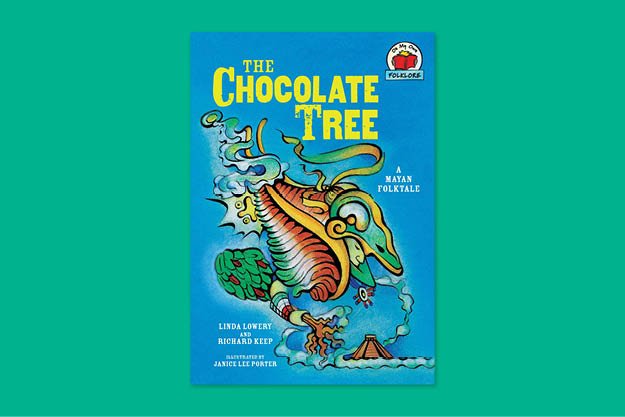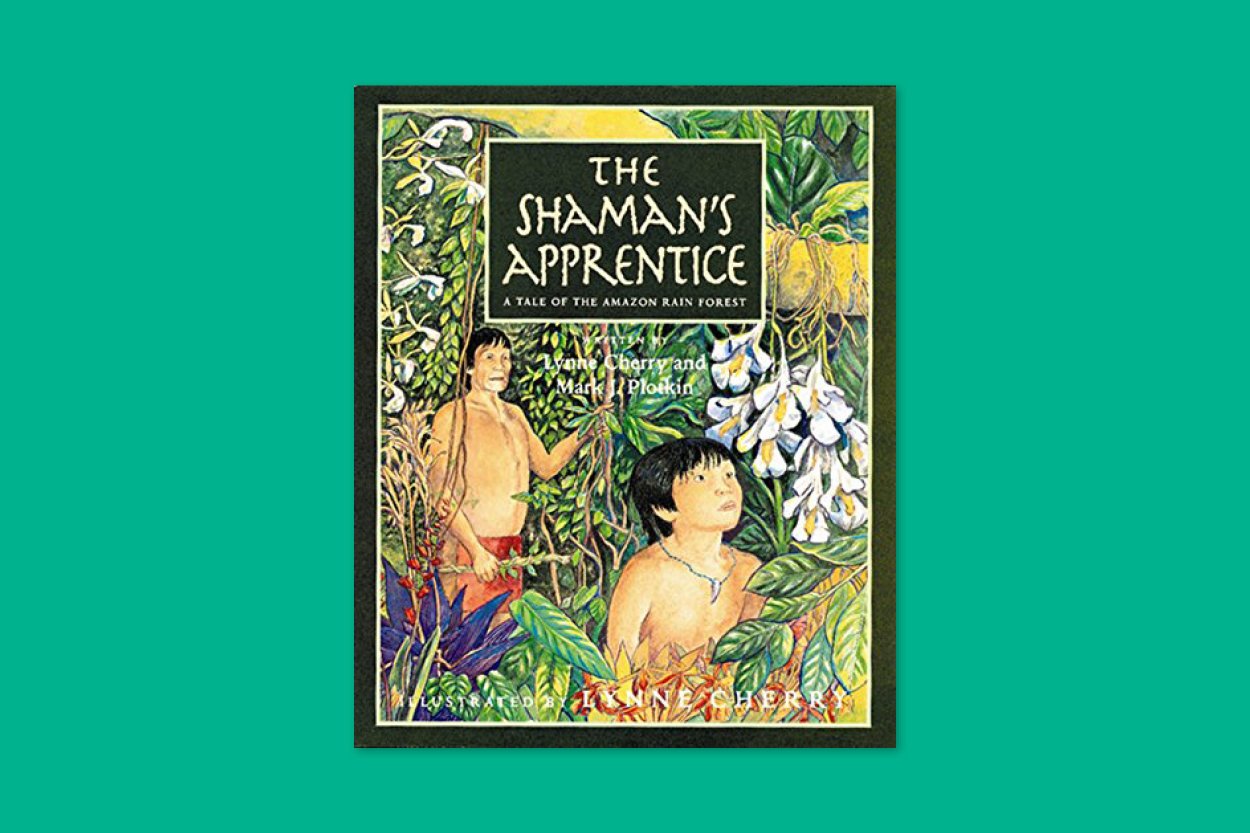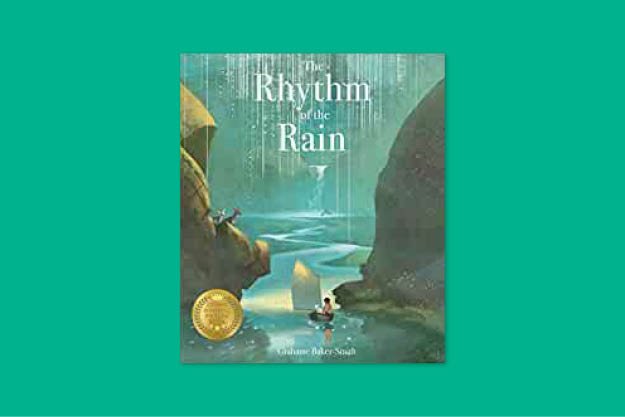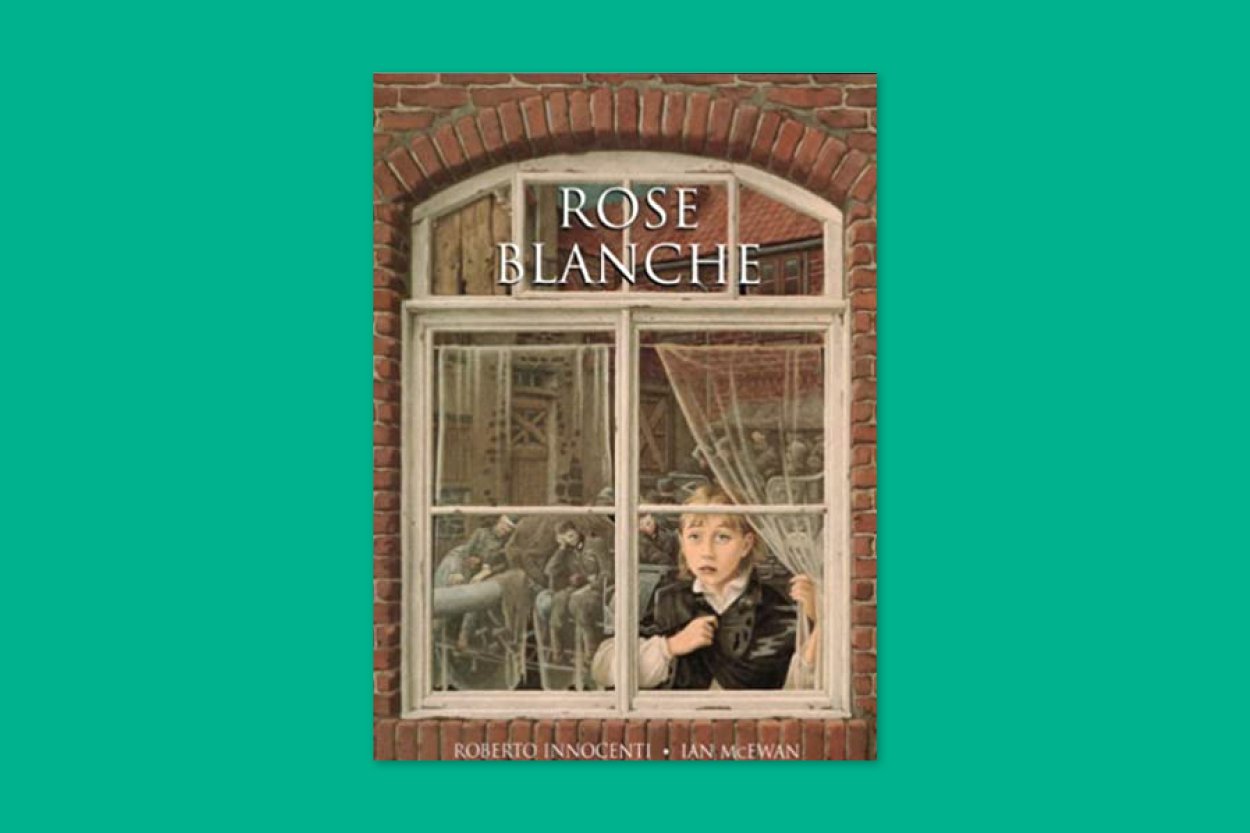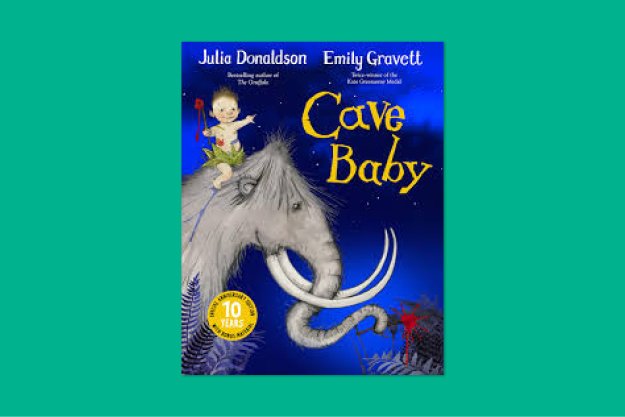Creating book based planning
There’s a lot to teach in literacy lessons. But then I didn’t need to tell you that, did I? You know all about having to cover decoding, comprehension, vocabulary, grammar, punctuation and writing composition. You know how hard it is to pull all the strands of literacy together so that everything makes sense. And, you know how important it is to teach this huge range of literacy skills in a context that makes sense to the children, which is why so many of us choose to use children’s books as the stimulus for our literacy learning. Because when use books to teach literacy, we’re using the content we need to teach in context.
In this article, I open a window on my approach to planning literacy learning with children’s books.
Book-based planning: reading
Book-based planning isn’t a quick job. Luckily, it’s something I love doing, which is why we have such a broad range of Starting Points sets on the Primary English website. When I work with a book, the first thing I do is read it. Yes, I know this sounds silly, but I do just read it; no pencil in hand, no post-it notes to stick onto pages and no notepad by my side. Just reading. I need to do this. I have to find the joy in a book before I start pulling it apart to find grammatical examples that were almost certainly living deep in the author’s conscience when they were shaping the words into a book meant to entertain or educate. Perhaps, then, it’s unsurprising that one of the first tasks I write into the majority of my book-based planning is to read the book to the children for pleasure. There are exceptions. Sometimes I want children to predict and notice patterns in order to get the most from a first read. But pleasure is the first thing I seek, and that I want the children to find, when reading a book that will be part of their lives for an extended series of literacy lessons.
To view our Starting Points sets, click below.
Book-based planning: noticing
Once I’ve read the book and made a connection to it, I start noticing. This is when I scribble observations on sticky notes. I let the book reveal it’s word, sentence and text structure but not yet systematically. In a way, it’s an unlocking process where the book tells me what it contains rather than me imposing myself on the book. It’s an informal collecting of features and techniques used by the author.
Book-based planning: organising
This noticing stage over, I look at the sticky notes. I begin to observe patterns in the techniques, words and structures used by the author and start to collate my findings in my notebook. This means I can choose to discard sticky notes indicating just one or two examples of a feature and start to get a sense of which objectives the book will really enable me to teach. I then go back to the book, read it again and check for anything I may have missed or further examples to add to my list of objectives.
Book-based planning: objectives
It’s now that I get a true sense of where the book sits as a teaching tool. I check the objectives I’ve found with the national curriculum and so choose which year group or groups would benefit from its use.
Book-based planning: learning activities
With the objectives selected, I start thinking about learning activities to support them. When writing Starting Points, I try to suggest a range of creative approaches. I know not all teachers will want all of the approaches I suggest but it’s my hope that they find some that suit their class and their personal teaching style.
Book-based planning: pitch and progression
Once, I’ve identified the features in the text, I can see the potential text types that children could write based on the book. I check what I’ve found with my Primary English Progression Documents and this done, my book-based planning is good to go. To download our progression documents free of charge, click below.
We have a growing range of book-based planning on the Primary English website. These include guided and whole class guided reading planning and our Starting Points range which include ideas for reading, writing and grammar.
If you enjoyed this article, you may also be interested in:
Embedding Grammar: Linking Grammar to Quality Texts

